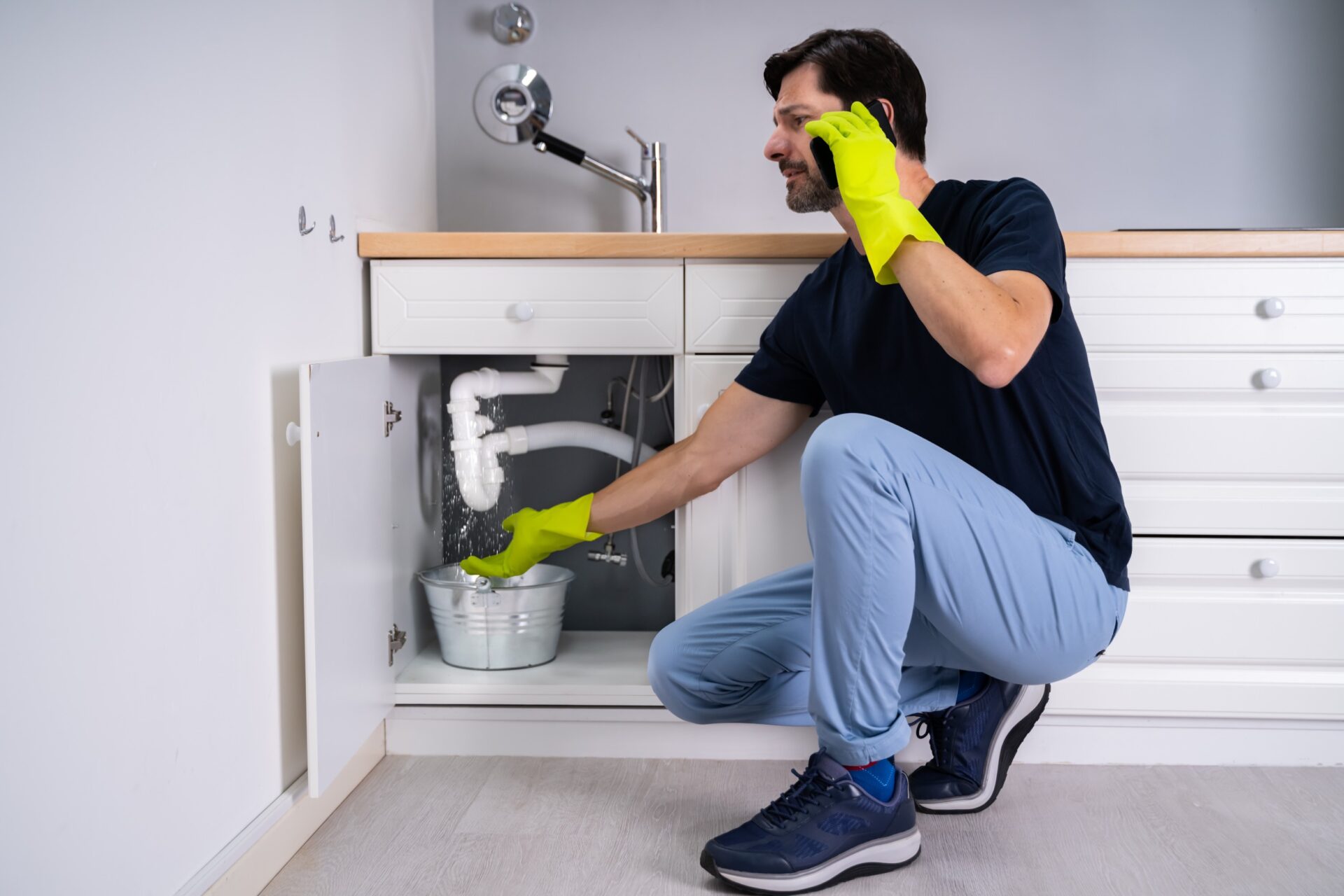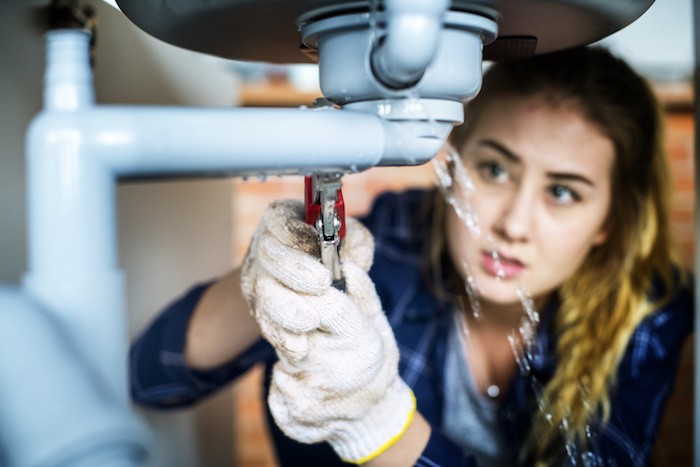When to Do It Yourself and When to Call a Piping Professional
When to Do It Yourself and When to Call a Piping Professional
Blog Article
The article which follows pertaining to When to DIY and When to Call in the Plumbing Pros is seriously informative. You should see for yourself.

Intro
Pipes problems can vary from minor troubles to major headaches, usually triggering homeowners to decide in between dealing with the trouble themselves or calling a professional plumbing technician. Knowing when to do it yourself and when to look for specialist help can conserve time, cash, and avoid possible catastrophes. This post discovers the factors to take into consideration when making this important choice.
Benefits of Do It Yourself Plumbing
Tackling pipes jobs on your own can be gratifying in a number of ways, particularly for simpler jobs.
Expense Savings
Do it yourself plumbing tasks typically save cash by preventing specialist service fees. Tasks like taking care of minor leaks, replacing taps, or installing brand-new showerheads are instances where property owners can handle repair work without working with a plumbing professional.
Skill Enhancement
Engaging in do it yourself pipes offers an opportunity to find out and boost useful skills. Standard jobs encourage home owners to comprehend their pipes systems better and gain confidence in handling small fixings independently.
Threats of Do It Yourself Pipes
While do it yourself projects provide benefits, certain dangers need to be very carefully thought about before attempting repair services.
Intricacy of Jobs
Some pipes problems call for customized knowledge and devices past regular home owner abilities. Mishandling complex troubles can lead to additional damage and expensive repairs.
Safety Issues
Working with pipes systems involves threats such as exposure to water damage, potential for electrical hazards, and dealing with tools improperly. Security precautions must be observed to prevent mishaps and make sure efficient repair work.
Indicators to Call a Professional Plumber
Acknowledging when a plumbing concern goes beyond do it yourself capabilities is critical to stop worsening problems.
Indicators of Complicated Issues
Examples consist of:
Prompt professional intervention is required to address these problems successfully and decrease damage.
Do It Yourself Plumbing Tips
For successful DIY plumbing, it's vital to be prepared with the right devices and adhere to appropriate procedures.
Standard Tools and Products
Key tools for do it yourself pipes:
Step-by-Step Guides
Clear directions make certain secure and effective do it yourself repair services:
Choosing the Correct Time to Do It Yourself
Determining when to deal with plumbing jobs on your own needs evaluating both the intricacy of the problem and personal convenience degrees.
Analysis Checklist
Consider:
When to Most Definitely Call a Specialist
Specific scenarios require instant skilled interest to stop considerable damage or security dangers.
Instances consist of:
Finding and Working With a Professional Plumbing Technician
Selecting a qualified plumbing makes sure trustworthy service and assurance in resolving pipes issues.
Standards for Selection
Aspects to take into consideration:
Cost Evaluation: DIY vs. Professional Solutions
Comparing the monetary effects of DIY initiatives versus professional plumbing solutions helps in making notified choices.
Financial Considerations
Assess:
Conclusion
Making a decision whether to DIY or call a professional plumbing technician hinges on comprehending the intricacy of pipes concerns and personal capabilities. By considering the advantages and threats, property owners can make educated selections that promote effective maintenance and secure their homes from pipes disasters.
DIY Plumbing Projects: What Homeowners Can Do and When to Call a Professional
Welcome to our comprehensive guide on DIY plumbing projects. In this blog post, we aim to empower homeowners with the knowledge and skills to tackle basic plumbing tasks around the house. From unclogging drains to fixing a leaky faucet, we’ll walk you through step-by-step instructions on how to handle these common issues.
However, not all plumbing problems can or should be solved with a DIY approach. Recognizing when a problem is beyond your skill level and requires professional intervention is just as important as knowing how to perform basic tasks. We’ll also discuss the signs that indicate it’s time to put down your tools and pick up the phone to call a professional plumber. By understanding when to DIY and when to call a professional, you can save time, avoid potential disasters, and ensure your home’s plumbing system remains in top shape.
Understanding Plumbing Basics
Before we dive into the DIY projects, let’s take a moment to understand the basics of your home’s plumbing system. A typical residential plumbing system consists of two major components: the water supply system, which brings fresh water into your home, and the drainage system, which removes waste water. These systems are made up of a network of pipes, valves, and fixtures that work together to deliver clean water and dispose of waste efficiently.
Regular maintenance of your plumbing system is crucial to prevent minor issues from escalating into major problems. This includes tasks like checking for leaks, removing minor clogs, and ensuring your pipes are insulated for winter. By performing these tasks regularly, you can extend the lifespan of your plumbing system, save money on water bills, and maintain the comfort and hygiene of your home.
In the following sections, we’ll explore some common DIY plumbing projects that homeowners can handle, as well as situations that require the expertise of a professional plumber. Whether you’re a seasoned DIY enthusiast or a beginner, this guide will provide you with valuable insights into the world of home plumbing.
DIY Plumbing Projects Homeowners Can Handle
Plumbing may seem intimidating, but there are several tasks that homeowners can confidently tackle with a little guidance and the right tools. Here are a few common issues you might encounter and how to address them.
Unclogging Drains
Use a Plunger: This is your first line of defense. A good old-fashioned plunger can dislodge the obstruction and clear the drain in many cases. Try a Plumber’s Snake or Hand Auger: If the plunger doesn’t work, a plumber’s snake or hand auger can reach deeper into the pipe to break up the clog. Use a Drain Cleaner: If physical methods fail, a chemical drain cleaner can dissolve the clog. However, use these products sparingly as they can damage your pipes if overused.

Hopefully you liked our post about . Thank you for spending some time to read through our posting. Liked our article? Please share it. Let another person locate it. Thanks a lot for being here. Return soon.
Contact Us Now Report this page